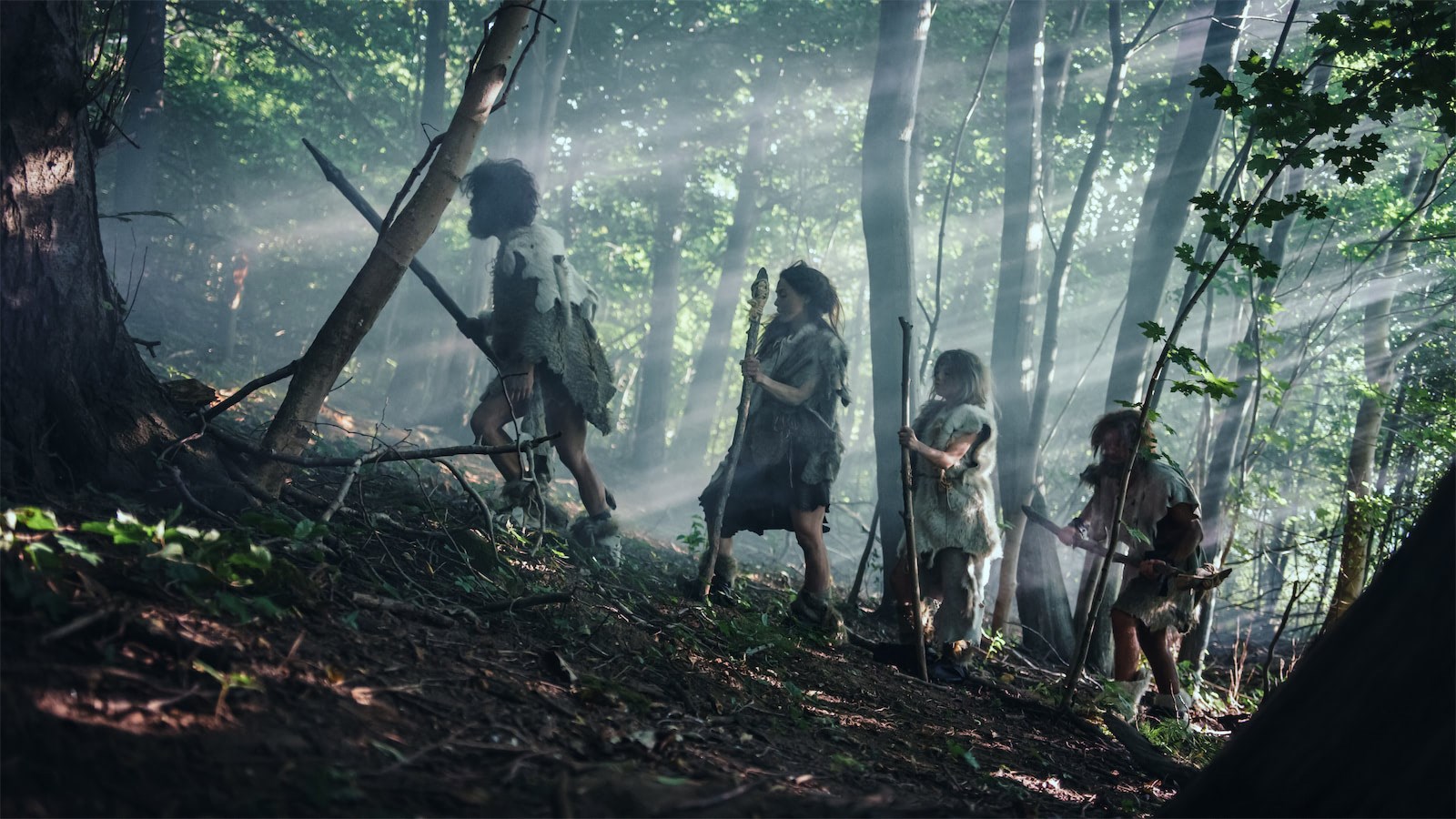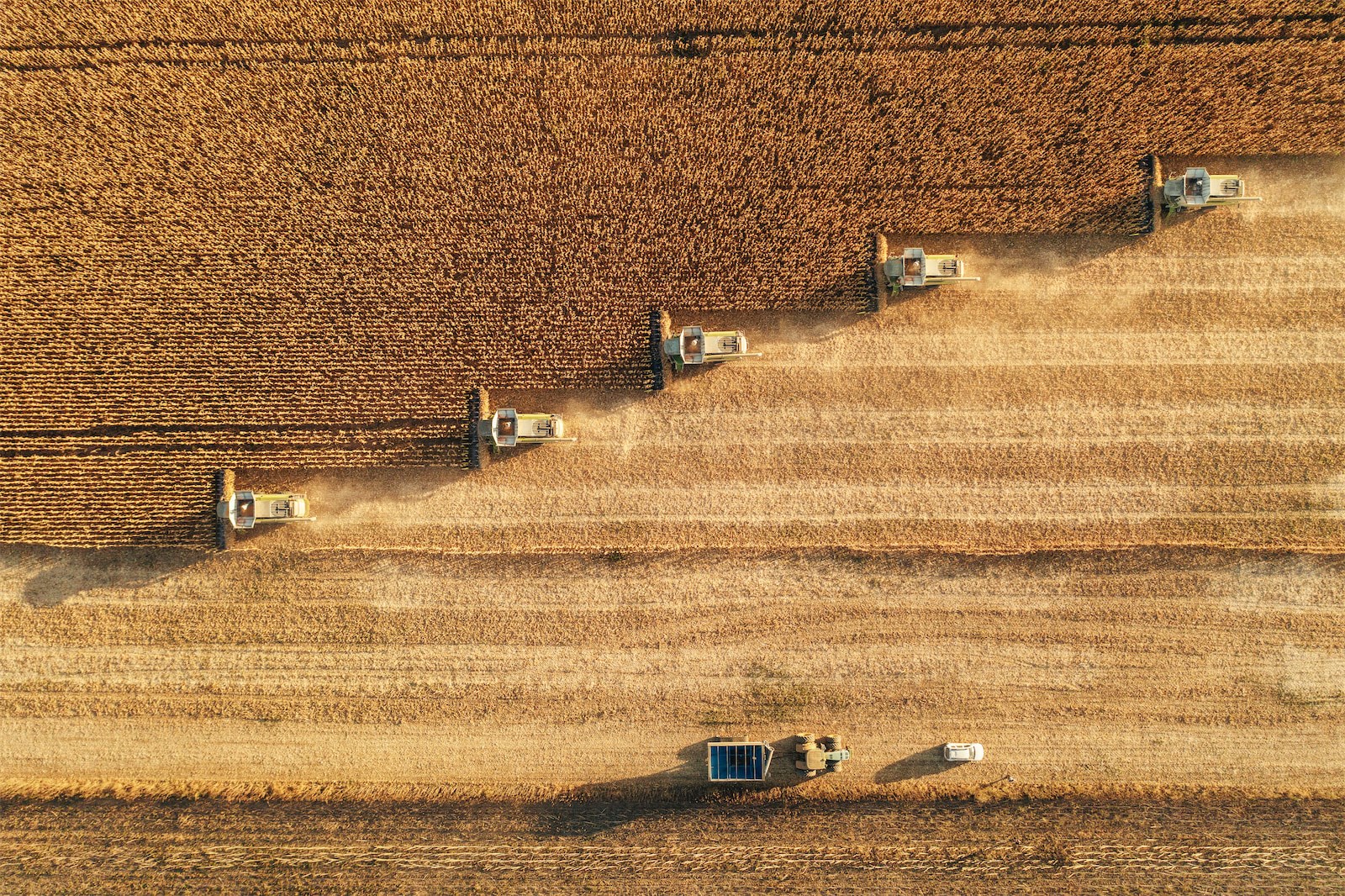Welcome. You are inside a Forest Park. People live here. The very nature of this project is to construct a symbiotically powerful relationship between human beings and their environment.The success of one is the success of the other. Where the passive transformation must occur so ecosystems within the habitat maintain their selective voices.
It was like this 300,000 years ago. What happened?
The Walkers
Hunters and gatherers roaming the earth

Walking daily as foragers, early people gathered foods from multiple wild sources that kept them in excellent health. After 300,000 years of walking, the secrets of foods and the ways and means of discovering new sources of nutrition contributed to their success as a human ecosystem on the move.These methods have endured to this very day. In the Philippines there is a tribe that has been studied over the years by anthropologists. There has been little change in the old patterns of life for these walkers. They are an ecosystem with successful behavior patterns.
The foraging first families’ idyllic lifestyle allowed a strong family net to form. And that led to bonding with wolves for companionship and hunting. The wolves (pack animals) would find the game and pester the humans (also pack animals) until the humans arrived to dispatch the game.No one is sure which pack joined which, but as relationships between species happened, our relationship with the canines has had spectacular endurance.
In those days there was a lot of wide-open territory. It could be tough to find a mate – for humans and wolves. When a pair of humans hooked up there was potential for a dynasty. When two wolves mated and had their first young, a pack was created. The binding of the two species from those early times was a boon for both.The walkers from then and the current tribe in thePhilippines had fundamental rhythms. So, why change?
The Farmers
Hunter and gatherers settle down

Thirteen thousand years ago when the ice age melted away, the foragers (hunters and gatherers) brought their do-no-harm caretaker relationship between forested and jungled lands with them and began to settle. The more they settled, the more the ‘old’ ways were forgotten.
They kept animals, prepared different land areas for big field crops, cut down forests, destroyed bogs, drained wetlands and did whatever they needed to do for their new roles and duties. Between then and the beginning of the industrial age, they released 250 billion tons of carbon into the air.
They also saw their general health plummet.The new methods on the farms focused mainly on the big field crops. Good for convenience and patterned farming, but not so good for nutritive forces or their ultimate success. The farmers worked long hours to plant, grow, gather, prepare and consume their daily food intake.They didn’t have time for a lot of socializing compared to the walkers’ lifestyle that brought families together for mutual benefits and socializing. The walkers had more leisure time than the farmers and didn’t have to work the fields year-round.
On top of that, the relationship with the wolves changed.Farming communities have killed masses of wolves.When humans take over territories that support the wolves and leave them with no options, what are the wolves to do? The future of wolves everywhere is now problematic and unstable.
There are two important dates in the life of a human: The day you are born and the day you find out why.
- Mark Twain
The Caretakers
Creating Forest Parks

We acquired sapience (wisdom) so we could become caretakers for our new world. For well over 300,000 years as Homo Sapiens, we did no harm. At that time our duty as humans was clearly focused: Explore, investigate, observe and enculturate ourselves into the flow of a world full of life as we fit ourselves into a caretaking role.
It worked well until the advent of the Agricultural Revolution. We lost our way as a caretaker species. We did not learn how to avoid unnecessary death as in the killing of the wolves.However, I feel we are on the way to a future where we are the caretaker species again.
Endurance Projects is a format that promotes simple, atavistic farming rhythms and behaviors. These activities represent the beginning of the transformation – creating Forest Parks.
Now, although it may not seem like it, we are already on a solid path to the future where the biotic and abiotic worlds exist in complete harmony. To see how we plan to do that, our page on Wild Sitecrafting gives a complete overview of 'do no harm'.
"Yes, there are two paths you can go by, but in the long run
there’s still time to change the road you’re on.
It's whispered that soon, if we all call the tune,
the pipers will lead us to reason –
A new day will dawn, for those who stand long,
and the forest will echo with laughter-!”
Led Zeppelin, Stairway to Heaven